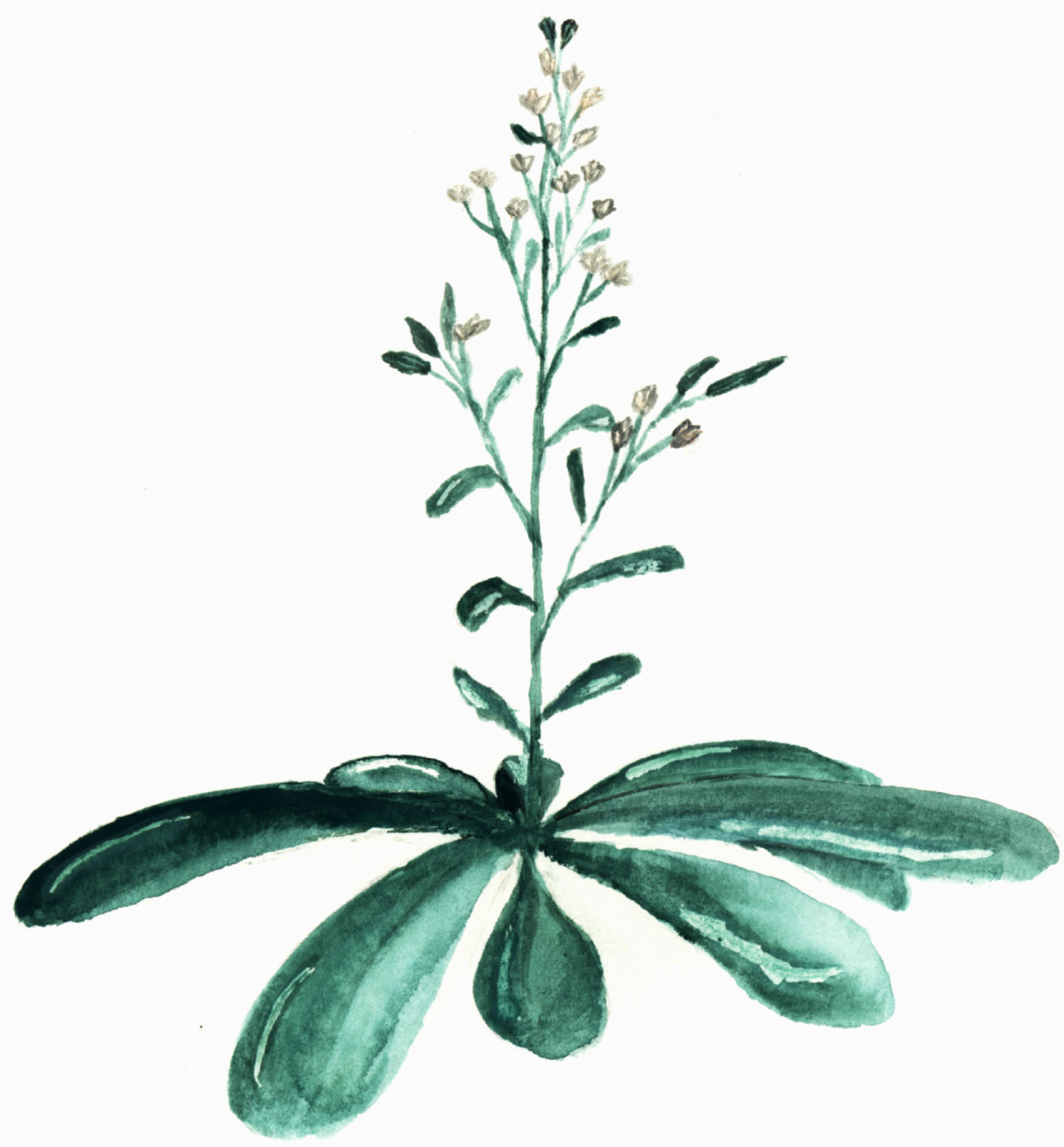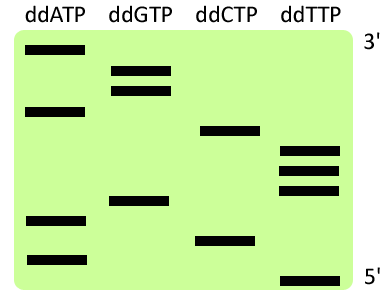
Detlef Weigel, director at the Max Planck Institute for Developmental Biology and Michael Lynch of Indiana University have measured the mutation rate in Arabidopsis thaliana plants.
Genetic differences between species have been used to determine how long ago the species shared a common ancestor. To use this ‘molecular clock’, researchers sequence the genomes of species A and B, and determine how many nucleotide changes there are between them. Combined with knowledge about mutation rates, this gives a result as to how closely related the two species are.
 However, the collaborators asked the question: what if there had really been many more changes, but some of those changes had reverted or been lost? For example, suppose that, over many generations, one nucleotide had changed from an A to a G, then to a C, then to a T, and then back to an A? At that position in the genome, there would appear to have been no change at all, when it fact there had been four changes.
However, the collaborators asked the question: what if there had really been many more changes, but some of those changes had reverted or been lost? For example, suppose that, over many generations, one nucleotide had changed from an A to a G, then to a C, then to a T, and then back to an A? At that position in the genome, there would appear to have been no change at all, when it fact there had been four changes.To test this, the scientists observed five lines Arabidopsis thaliana for 30 generations, recording every nucleotide change in every plant. To be sure that their results were valid, each sequencing step was repeated 30 times. They then compared the final generation to the original plants.
Their findings? The mutation rate for each position on the genome was about one in 140 million for each generation. Because the plant has a genome of about 120 million base pairs, that’s about two changes per generation (one change in each copy of its diploid genome). If you recall that these plants can each produce thousands of seeds per generation, and that generation times are short, you can see how quickly those changes can add up.
The researchers have already used this revised molecular clock to compare Arabidopsis thaliana with a close relative, Arabidopsis lyrata. These two plants were previously thought to have diverged five million years ago, but based on the new data, the split probably occurred closer to 20 million years ago.
Top: drawing of Arabidopsis thaliana by Emmanuel Boutet, 12/5/2000
Bottom: example of DNA sequence.
This report was first seen on RichardDawkins.net.
No comments:
Post a Comment